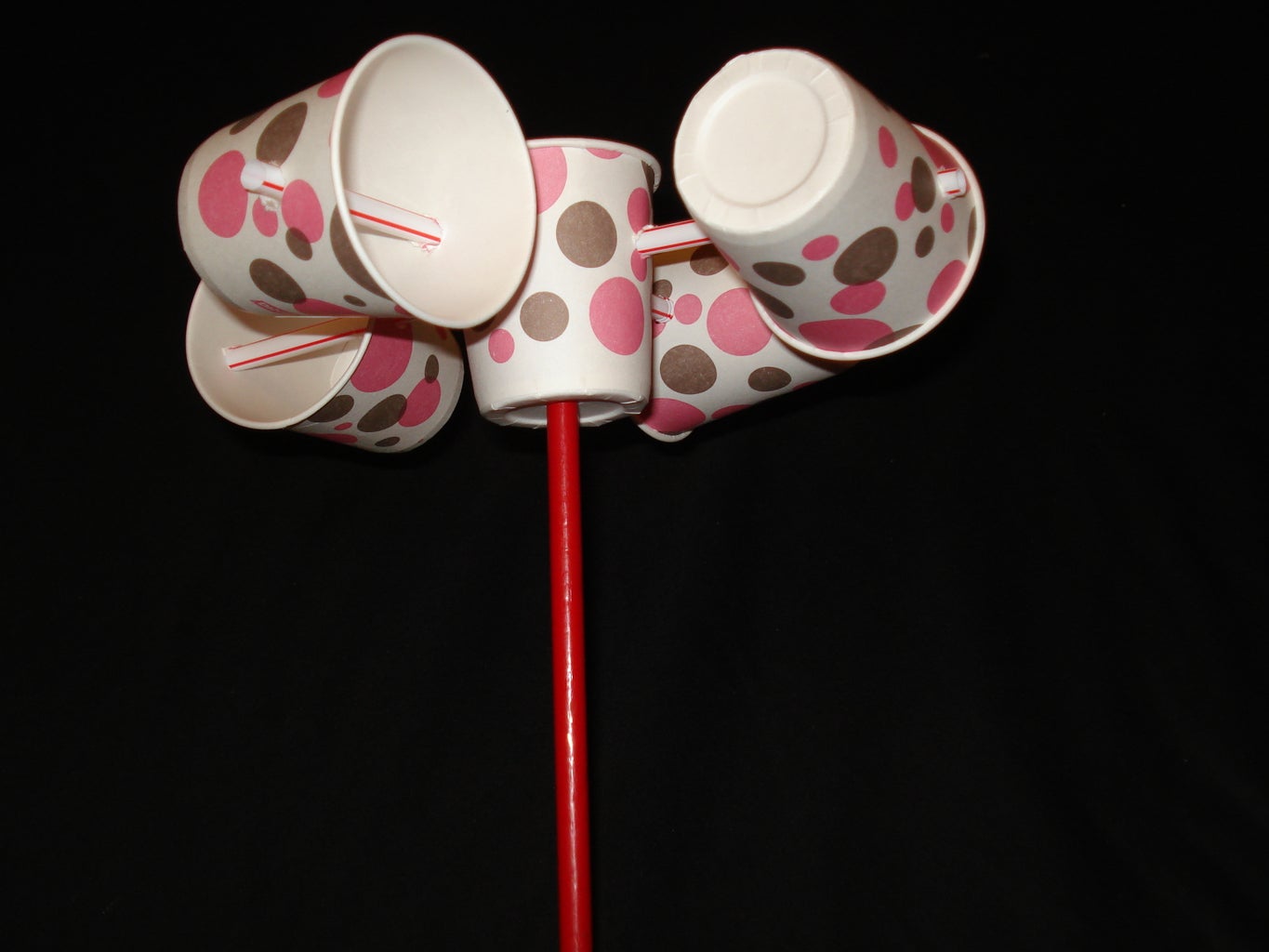Picking the Right Anemometer: A Comprehensive Purchasing Guide
Picking the Right Anemometer: A Comprehensive Purchasing Guide
Blog Article
Discovering the Functions and Benefits of Anemometers for Weather Lovers and Experts
From cup anemometers to sonic anemometers, each kind brings its distinct set of advantages and applications, dropping light on different facets of climatic conditions. As we dive into the features and advantages of anemometers, a deeper understanding emerges not only of prevailing climate sensations however also of the wider effects for industries like wind energy manufacturing and environmental study.
Significance of Anemometers in Weather Condition Surveillance
Anemometers play an essential role in weather monitoring by providing exact dimensions of wind rate, aiding in forecasting and understanding weather condition patterns. These tools, varying from typical mug anemometers to contemporary ultrasonic anemometers, are necessary for meteorologists, researchers, and weather fanatics alike.

Kinds Of Anemometers and Their Applications
The most usual kinds of anemometers include cup anemometers, vane anemometers, hot-wire anemometers, and ultrasonic anemometers. Cup anemometers consist of 3 or four mugs installed on horizontal arms that turn with the wind, gauging its rate. Vane anemometers, on the various other hand, make use of a freely rotating vane to align with the wind direction, providing both wind rate and instructions measurements.
Each kind of anemometer has its unique advantages and applications. Cup anemometers are durable and ideal for basic weather condition surveillance, while vane anemometers are preferred for directional dimensions. Hot-wire anemometers are delicate to reduced air velocities, making them ideal for indoor atmospheres. Ultrasonic anemometers are non-intrusive and offer high precision, commonly used in study and specialized weather monitoring applications. Recognizing the attributes and applications of each sort of anemometer is crucial for picking the most appropriate tool for certain weather keeping an eye on needs.
Benefits of Making Use Of Anemometers in Projecting
In weather forecasting, the use of anemometers offers indispensable advantages for improving the accuracy of weather projecting. Anemometers measure wind speed and instructions, offering crucial information for anticipating climate patterns. By integrating wind data right into forecasting versions, meteorologists can better comprehend the movement of climate systems, expect modifications in weather, and concern extra precise projections.
Additionally, anemometers play a vital duty in examining prospective weather condition threats. Keeping track of wind rates assists forecasters predict extreme weather occasions such as storms, hurricanes, and winter tornados with higher accuracy. This very early caution system enables authorities to release prompt alerts and implement essential safety actions, reducing the threats to life and home.
In addition, anemometers aid in optimizing eco-friendly energy manufacturing. By examining wind patterns, meteorologists read more can identify suitable areas for wind farms and forecast energy outcome, contributing to the efficient generation of wind power.

Anemometers in Wind Power Manufacturing
Given the important role anemometers play in giving exact wind information for weather condition projecting and hazard assessment, their significance expands to the world of wind power manufacturing. Anemometers are vital instruments in the area of wind power, where the dimension of wind rate and direction is crucial for establishing the usefulness and efficiency of wind turbine setups. By precisely determining wind rates at differing heights, anemometers aid enhance the placement and style of wind turbines to make the most of power output.
In wind farms, anemometers are purposefully placed to collect real-time wind information that is made use of to evaluate the prospective energy production of a website. This data is instrumental in identifying the economic viability of wind energy projects and in forecasting energy generation to ensure grid security. Furthermore, anemometers aid in keeping an eye on wind conditions to maximize wind turbine performance, protect against damages from high winds, and ensure the security of workers operating in the area of wind generators.
Enhancing Weather Condition Recognizing With Anemometers

Anemometers play a key function in enhancing our understanding of microclimates. These localized weather can vary substantially from more comprehensive regional projections, making it essential to have precise data for specific areas. anemometer. By strategically positioning anemometers in different areas, scientists can collect thorough info on how wind acts in different surfaces, urban environments, or bodies my link of water
Additionally, anemometers add to boosting climate projecting designs by supplying real-time information on wind habits. This details is specifically beneficial for anticipating severe weather occasions, maximizing farming techniques, and sustaining sectors like air travel and maritime navigation. Overall, anemometers are very useful instruments that enable us to delve much deeper into the intricacies of weather condition systems, eventually bring about more better-informed decisions and precise predictions.
Verdict
In conclusion, anemometers play a critical function in weather condition surveillance and forecasting by determining wind speed and direction. Anemometers likewise have applications in wind energy manufacturing, more highlighting their relevance in both weather forecasting and sustainable power sectors.
From mug anemometers to sonic anemometers, each type brings its one-of-a-kind set of benefits and applications, shedding light on different facets of climatic problems. These tools, ranging from standard mug anemometers to modern ultrasonic anemometers, are important for meteorologists, researchers, and weather condition fanatics alike. The most usual kinds of anemometers consist of cup anemometers, vane anemometers, hot-wire anemometers, and ultrasonic anemometers. Cup anemometers are ideal and robust for basic weather condition monitoring, while vane anemometers are favored for directional measurements. Anemometers are essential tools in the area of wind power, where the measurement of wind speed and instructions is essential for determining the expediency and efficiency of wind turbine installments.
Report this page